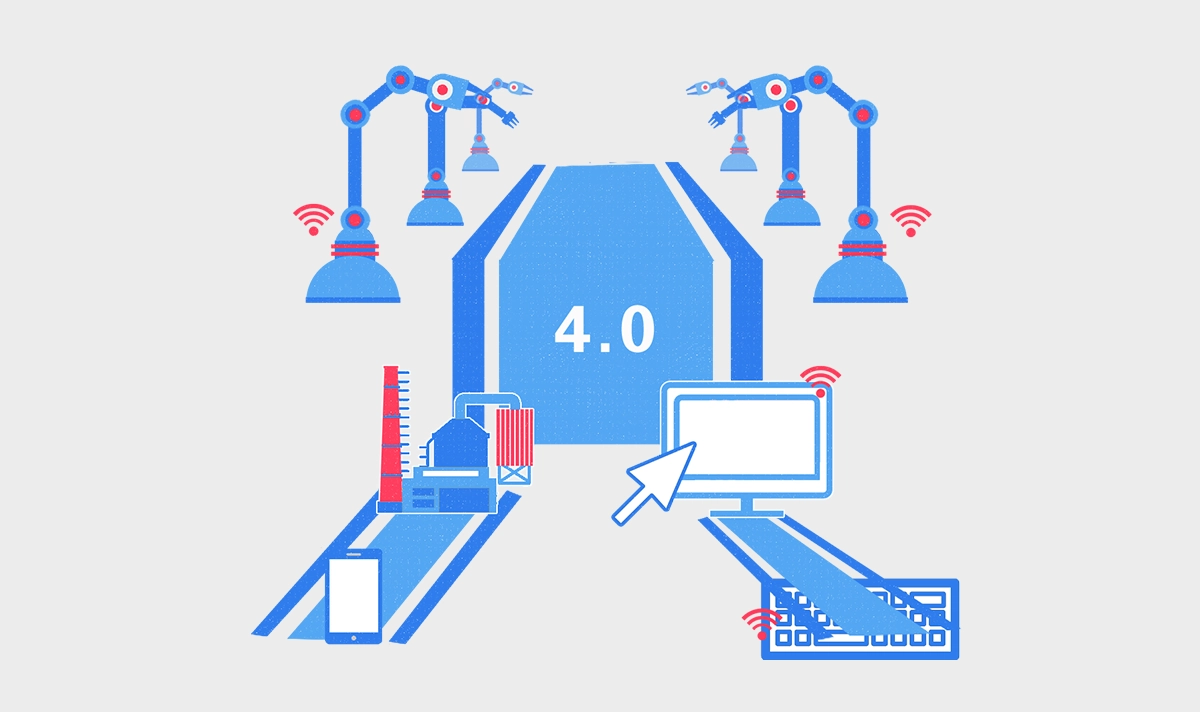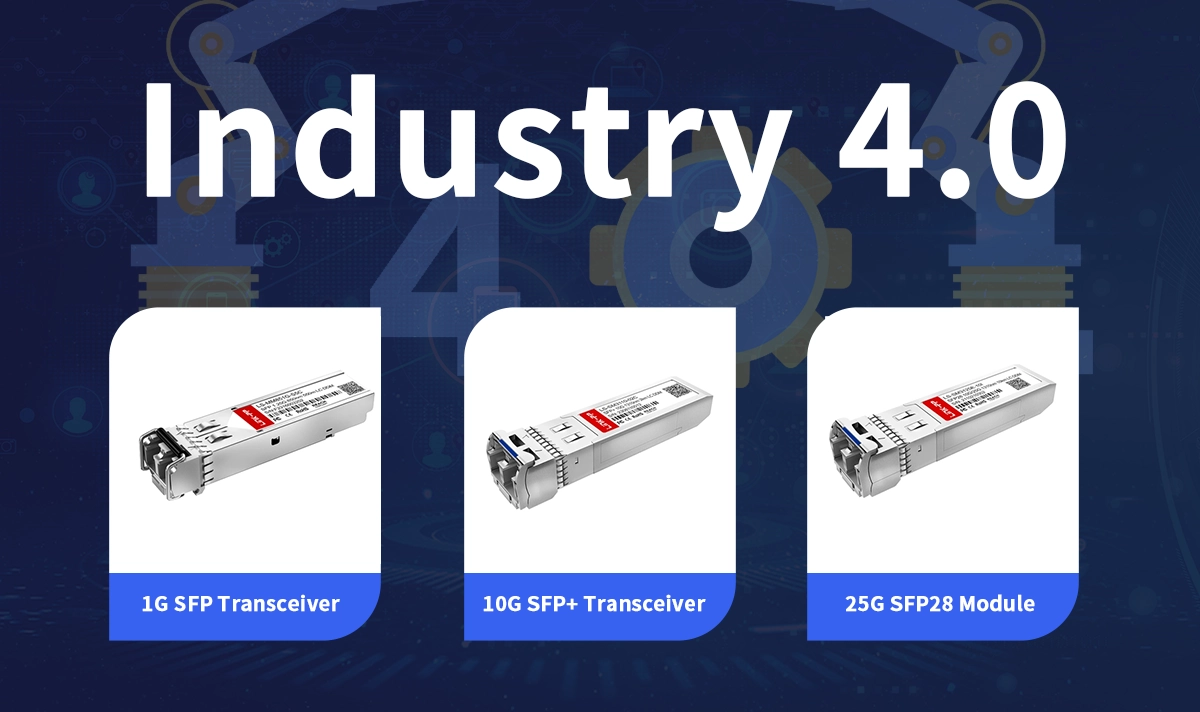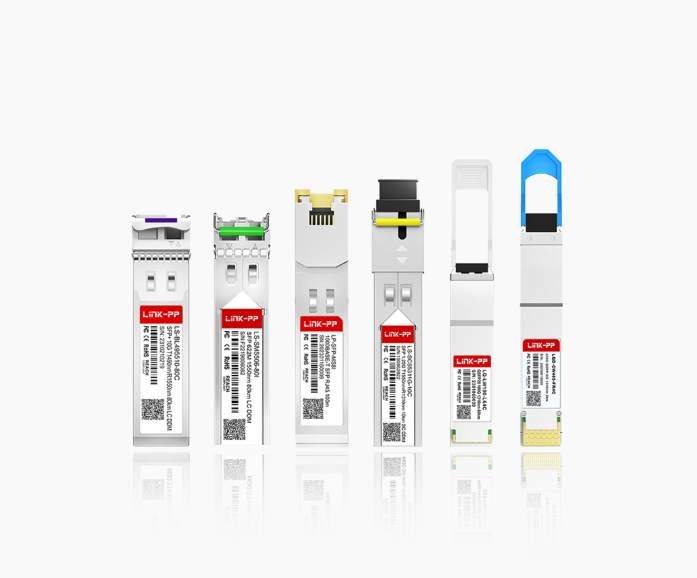
◆ Introduction: The Evolution Toward Industry 4.0
The fourth industrial revolution—Industry 4.0—is transforming traditional manufacturing into intelligent, data-driven ecosystems. At its core lies a new generation of Smart Industry 4.0 Networks, which unify machines, sensors, control systems, and cloud platforms into one integrated digital framework.
According to the World Economic Forum, Industry 4.0 networks are the foundation of “cyber-physical systems” that combine real-time automation, connectivity, and analytics to improve efficiency, flexibility, and sustainability in industrial environments.
These networks must deliver high bandwidth, ultra-low latency, and absolute reliability to support robotics, AI-based quality inspection, predictive maintenance, and digital-twin simulations.
◆ What Are Smart Industry 4.0 Networks?
Smart Industry 4.0 Networks refer to interconnected, intelligent communication systems that connect every element of industrial production—from shop-floor devices to enterprise clouds—through a secure, high-speed digital infrastructure.
They combine several key technologies:
Industrial Ethernet: High-speed, deterministic communication over copper or fibre.
Optical Communication: Reliable long-distance and EMI-immune data transmission.
Wireless Connectivity (5G, Wi-Fi 6/7): Flexible mobility for industrial IoT devices.
Edge & Cloud Computing: Distributed computing power for real-time analytics.
Cybersecurity & TSN (Time-Sensitive Networking): Ensuring data integrity and predictable timing for automation systems.
Together, these technologies transform isolated production systems into intelligent, self-optimizing smart factories.
◆ Core Features of Smart Industry 4.0 Networks
Feature | Description | Key Technologies |
|---|---|---|
High-Speed Data Exchange | Enables real-time control and big-data analytics | 1G/10G/25G Ethernet, optical modules |
Low Latency & Synchronization | Critical for robotics and motion control | TSN, deterministic Ethernet |
Scalability & Flexibility | Supports future network upgrades | Modular optical transceivers, PoE |
Reliability & Redundancy | Ensures 24/7 uptime in harsh environments | Dual network paths, ring topology |
Security & Management | Protects assets and ensures data trust | Network segmentation, firewalls, encryption |
These characteristics enable manufacturers to build networks that not only connect, but also think, adapt, and optimize.
◆ Network Architecture in Smart Industry 4.0
Smart factories typically follow a three-layer industrial network model:
a. Field Layer (Device Connectivity)
Connects PLCs, robots, sensors, and actuators.
Common speeds: 1 Gbps (Gigabit Ethernet)
Preferred components: Industrial RJ45 Magjacks, SFP optical transceivers
b. Control Layer (Aggregation & Processing)
Aggregates data from field devices to controllers or edge servers.
Common speeds: 10 Gbps (SFP+)
Technologies: Time-Sensitive Networking, Redundant Ring Topology
c. Enterprise / Cloud Layer (Data Center & Analytics)
Handles big-data storage, AI inference, and predictive maintenance.
Common speeds: 25G / 100G
Technologies: SFP28 / QSFP28 optical modules, cloud gateways
LINK-PP offers 1G, 10G, and 25G transceivers optimized for each layer:

1G SFP Transceiver – LS-MM851G-S5C
10G SFP+ Transceiver – LS-SM3110-02C
25G SFP28 Transceiver – LS-SM3125-10I
These modules feature industrial-grade reliability, wide temperature tolerance (-40 °C ~ +85 °C), and EMI-resistant optical design, ensuring stable connectivity in demanding factory environments.
◆ Enabling Technologies in Smart Industry 4.0 Networks
Edge Computing: Processes data near the source, reducing latency.
AI-Driven Predictive Maintenance: Detects equipment anomalies before failure.
Digital Twin Technology: Simulates factory operations in real time.
Private 5G Networks: Provide wireless connectivity for mobile robots and AGVs.
OPC UA & MQTT Protocols: Standardized communication across heterogeneous systems.
Each of these relies on robust and high-speed network infrastructure, underscoring the central role of optical modules and Ethernet connectivity.
◆ Conclusion
Smart Industry 4.0 Networks are the digital nervous system of modern manufacturing. They enable seamless communication between machines, systems, and humans—turning data into action and production into intelligence.
With the integration of high-speed optical modules, industrial Ethernet, and edge computing, manufacturers can unlock:
Greater operational efficiency
Predictive insights through real-time analytics
Reduced downtime
Sustainable, adaptive production lines
LINK-PP supports this transformation with reliable, cost-effective connectivity components designed for the intelligent factories of tomorrow.




